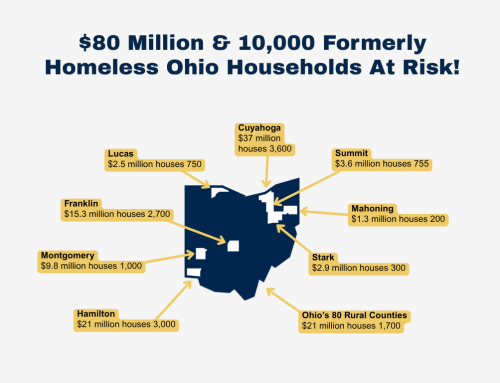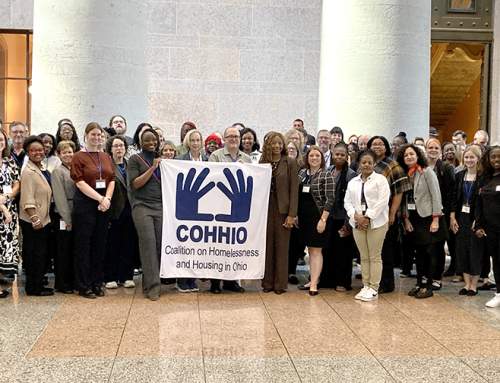Good news! State Issue One easily passed in May’s primary election, meaning Ohio will actually have a fairer process the next time we redraw the state’s congressional districts.
Every 10 years following the census count, state lawmakers are required to revise the U.S. Congressional district map to account for population changes. The current process is heavily biased in favor of the party that holds the majority in the Statehouse. The lawmakers in power gerrymander district lines to ensure their party’s ability to win a maximum number of seats without facing a real challenge from the other party’s candidates in the general election. This contributes to the hyper-partisanship and divisiveness that characterizes Washington.
Thanks to Issue One, Ohio voters paved a way to create more competitive districts and fairer elections. Instead of the raw political brawl that always played out in the past, the new process of map-drawing involves a multi-phase approach that requires buy-in from both parties.
Under the first phase, a proposed map gets approved if three-fifths of the Ohio General Assembly vote in support – with at least half of the minority party’s members. If this proves impossible, then phase two get triggered creating the seven-member Ohio Redistricting Commission. This panel would need four affirmative votes for a proposed map to pass, including two members from the minority party. This is one more reason why we all need to care about the fall election.
The Ohio Redistricting Commission (To Be Determined in the November General election) includes:
- Governor (either Richard Cordray-D or Mike DeWine-R)
- Auditor of State (either Keith Faber-R or Zach Space-D)
- Secretary of State (either Kathleen Clyde-D v. Frank LaRose-R)
- One person appointed by the Speaker of the Ohio House
- One person appointed by the President of the Ohio Senate
- One person appointed by the House Minority Leader
- One person appointed by the Senate Minority Leader
If this commission can’t get four or more united votes to support the new map the responsibility shifts back to the Ohio legislature, which would be phase three. This calls for the General Assembly to pass a 10-year map with a three-fifths affirmative vote from both the Ohio House and Senate, including only a necessary one-third minority vote.
Through all of these phases, the Governor’s signature is required. If we ever reach a point where a map cannot be agreed upon through these different phases, the legislature has to adopt a four-year map that includes some protections against gerrymandering.
Again, given the importance of phase two, the Ohio Redistricting Commission requires voters’ attention to statewide races that you might not normally hear much about after the governor’s race. You can learn about the candidates that will appear on the November ballot below:
- https://cordrayforohio.com (Democratic Candidate for Governor)
- https://www.mikedewine.com (Republican Candidate for Governor)
- http://www.kathleenclyde.com (Democratic Candidate for Secretary of State)
- https://www.franklarose.com (Republican Candidate for Secretary of State)
- https://www.zackspaceforohio.com (Democratic Candidate for Auditor)
- https://keithfaber.org (Republican Candidate for Auditor)
Let’s take the next important step and get our voices heard and make informed decisions in November!








